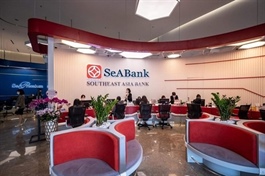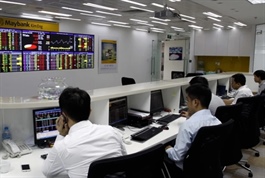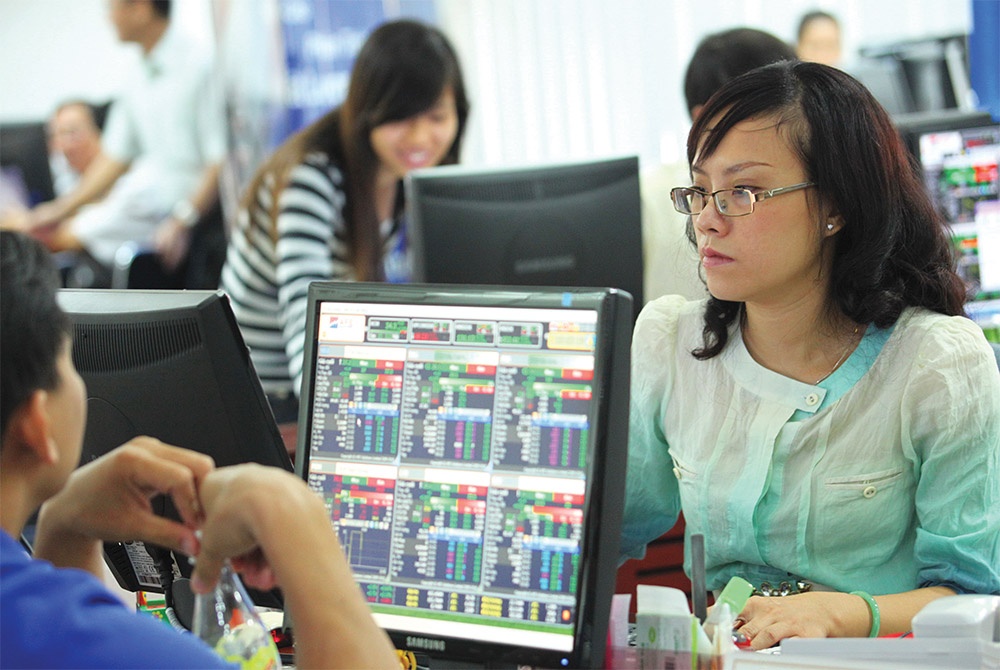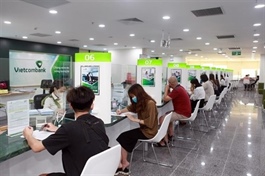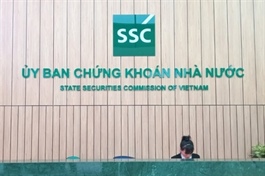Foreign investors could make stock comeback in Q4
Foreign investors could make stock comeback in Q4
The stock market is poised for a strong breakout in the final quarter, driven by a favourable macroeconomic landscape, promising Q3 earnings, low interest rates, and growing interest from foreign investors.

Vietnam’s stock market has surged past the psychological resistance level of 1,300 points as it enters the final quarter, with the upcoming Q3 earnings reports on the horizon offering promising prospects for foreign investors in the medium and long term.
“The key driver for the stock market in the last three months of the year is the broad recovery of the economy, reflected in both macroeconomic indicators and the Q3 earnings of listed companies. Favourable macroeconomic and policy factors, such as the Fed’s 0.5 per cent interest rate cut, with further reductions expected by year-end and into 2025, as well as the EU’s earlier rate cuts and China’s recent massive stimulus programme, are also contributing to this momentum,” said Do Bao Ngoc, deputy CEO of CSI Vietnam Construction Securities.
Regarding potential sectors for investors in the last quarter, Ngoc recommended stocks of cyclical industries such as banking, securities, industrial real estate, retail, and those benefiting from public investment disbursement policies, such as infrastructure, construction, and building materials, which are expected to see significant recoveries compared to the broader market.
“This is an ideal time for foreign investors to enter or actively trade on the Vietnamese stock market, driven by the likelihood of foreign investors returning to net buying as USD interest rates decline, while the US stock market reaches high valuations, lowering expected returns,” Ngoc said.
The reduction in US interest rates, the potential market reclassification, and attractive valuations are the main draws for foreign investors to return to the stock market, according to an expert of VinaCapital.
“Data compiled by VinaCapital shows that in September, foreign investors net sold over $100 million, marking the third consecutive month of decline, about 17 per cent of the peak level in June. We believe foreign investors may return to the Vietnamese market to get ahead of the next wave of price increases,” said Nguyen Hoai Thu, general director of Securities Investment Division at VinaCapital, during an investor meeting on October 8.
The driving force for foreign investors to re-enter the market between now and 2025 lies in the potential reclassification of Vietnam’s stock market to emerging market status by FTSE. In the short term, the State Securities Commission of Vietnam will remove the requirement for 100 per cent transaction margin for foreign investors starting in November.
“If all goes smoothly, FTSE may announce Vietnam’s reclassification by September 2025. This could attract 16 investment funds with total assets of $90 billion, which track emerging markets,” Thu added.
The October strategy report published by SSI Research on October 7 highlighted that Vietnam’s stock market was well-positioned to attract capital inflows. Investor sentiment towards global equity funds has improved following the US Fed’s 50 basis-point cut in September, which led to $48.2 billion in inflows into equity funds, while US economic data increasingly point to a soft landing.
“One of the growth drivers for the stock market in the final three months of the year is the bright macroeconomic outlook, with Vietnam’s GDP growing by 7.4 per cent in Q3, showing the strong resilience of the economy as it recovers. Achieving the 2024 growth scenario of 6.5 per cent to 7 per cent is feasible, and the government has also set ambitious growth plans for 2025, driven by consumption and public investment,” stated SSI Research.
In addition to the drivers from earnings reports, macro indicators, and the potential market upgrade, another factor for foreign investors is the continued low interest rate environment.
“The spread between average lending rates and 10-year government bonds has decreased from 7 per cent annually to 6 per cent, and this trend is continuing downward. This shows a significant improvement in Vietnam’s business environment and corporate confidence. It is a key indicator for assessing the attractiveness of Vietnam’s stock market to foreign investors,” said Dao Hong Duong, director of Industry and Stock Analysis at VPBank Securities.
If the yield gap between US and Vietnamese government bonds widens, there will be strong net selling, especially when US government bond yields peak at 5 per cent, Duong explained.
“Currently, with the gap narrowing to 1 per cent, the net selling has significantly decreased. As the interest rate gap continues to shrink, the appeal of Vietnam’s stock market is gradually increasing in the eyes of foreign investors. I expect this gap to narrow further, leading to a cycle of foreign capital returning to the Vietnamese market in the near term,” Duong said.
Offering advice to investors, Duong categorised stocks into three groups: outperformers like retail, leisure, aviation, and steel; stable sectors such as food and beverages, and household goods; and steady growth sectors like banking, financial services, and IT.






